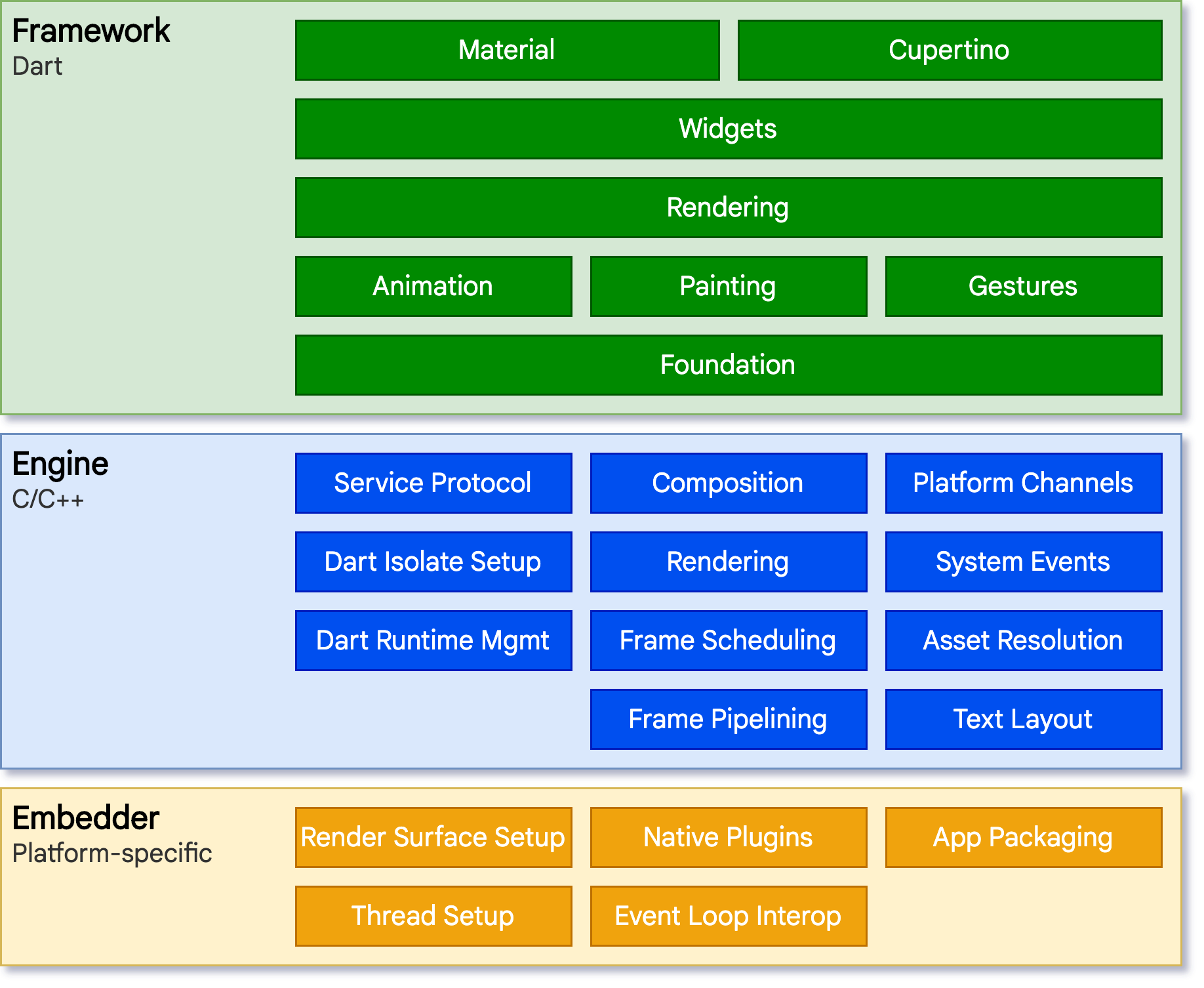Framework Architecture Reality: Modern desktop frameworks all follow similar patterns - a native backend handling system calls and a web frontend for UI. The difference lies in implementation complexity and team learning curves.
Everyone gets obsessed with RAM usage and bundle size comparisons while ignoring the fact that their team has never written a line of Rust. I've watched teams waste months debating 50MB memory differences while their Electron app takes 8 seconds to cold start and users are screaming about it. After watching real migration disasters and successes like MoonGuard's Krater project, the pattern is obvious: teams that succeed pick frameworks that don't fight them, teams that fail pick frameworks that look good on paper.
The Hidden Costs No One Talks About
Development velocity drops 60-80% during migration, and nobody warns you about this. Even when keeping your frontend identical, rewriting backend logic in Rust, Go, or Dart means months of reduced productivity. The MoonGuard team spent three months fighting Rust's borrow checker and questioning their life choices - then switched to Go and Wails, completing their migration in a weekend because Go doesn't make you feel stupid every time you want to share data between functions.
Your team's existing skills determine migration success, period. I don't care if Tauri benchmarks 90% faster - if your JavaScript team spends 4 months learning Rust ownership models, you're hemorrhaging money. A team comfortable with backend languages can pick up Go in 2 weeks. A team that's only touched frontend can't magically become systems programmers because some blog post promised Rust is "memory safe."
Current State Assessment Framework
Before you start Googling "Tauri vs Wails" for the hundredth time, honestly assess your current situation:
Performance Baseline Reality Check:
- Does your Electron app actually feel slow to users, or just look embarrassing in Activity Monitor next to native apps?
- Are users submitting support tickets about crashes, or just you and your team complaining about RAM usage?
- Do startup times exceed 3-4 seconds consistently? (If not, you're fixing the wrong problem)
- Are you hitting actual OOM crashes, or just seeing high memory usage that doesn't affect functionality?
The "Can We Actually Do This" Inventory:
- How many developers can realistically spend 2-3 months fighting with Rust compilation errors while missing feature deadlines?
- What's your actual tolerance for explaining to management why development slowed to a crawl?
- Has anyone on your team successfully built anything in Rust, Go, or Dart? (Tutorial projects don't count)
- Do you have someone who enjoys reading compiler error messages for 4 hours straight?
Business Reality Constraints:
- Are you shipping critical features that will get delayed if half your team is learning new languages?
- Do users depend on Electron-specific features you'd need to reimplement? (DevTools access, specific Node modules, file system permissions)
- What's the actual business impact? Are you losing customers to performance issues, or is this developer ego?
Real Talk: The framework that works is the one your team can ship with, not the one that wins benchmarks. I've seen teams abandon 6-month Tauri migrations and go back to Electron because they couldn't get basic file operations working correctly.
Performance Reality Check: Tauri apps typically use 50-80MB of RAM compared to Electron's 200-400MB, but that doesn't matter if your team can't ship features. Build sizes average 15MB for Tauri vs 150MB+ for Electron - impressive numbers that mean nothing if you're spending 6 months debugging Rust compilation errors instead of solving user problems.
The numbers look pretty on spreadsheets, but here's what actually happens when your team tries to implement each option in the real world...
Additional Reality Check Resources:
- Framework Wars: Desktop App Comparison - Detailed comparison of Tauri, Electron, Flutter development experiences
- Awesome Electron Alternatives - Community-curated list of framework options with real user experiences
- Web-to-Desktop Framework Comparison - Objective benchmarks and bundle size comparisons
- Electron Alternatives Discussion - Technical comparison with real developer insights
- Goodbye Electron, Hello Tauri - Developer's migration story and lessons learned
- Tauri vs Electron Performance Analysis - Real-world benchmarks and migration considerations
- Desktop App Architecture Patterns - LogRocket's comprehensive migration walkthrough
- Cross-Platform Desktop Development Guide - Community discussions about real implementation challenges
- Electron Performance Best Practices - Official optimization guidelines before considering alternatives
- Tauri Security Features Documentation - Security comparison between frameworks
- Flutter Desktop Production Readiness - Official documentation on desktop platform maturity
